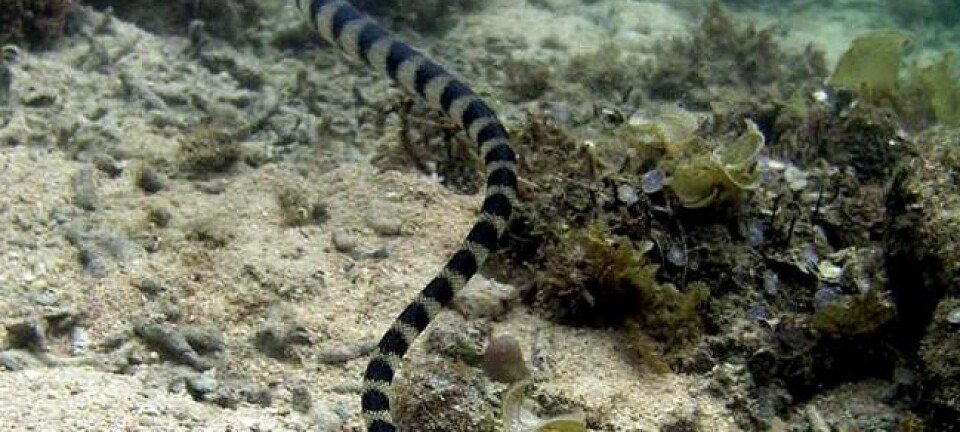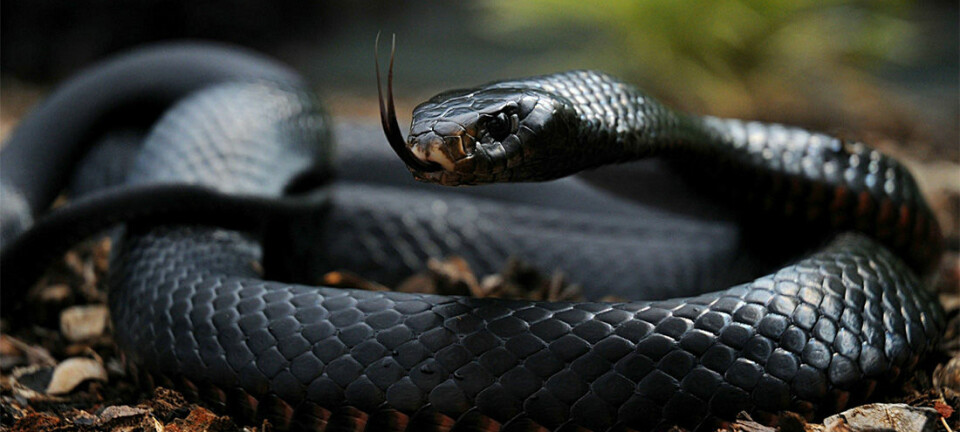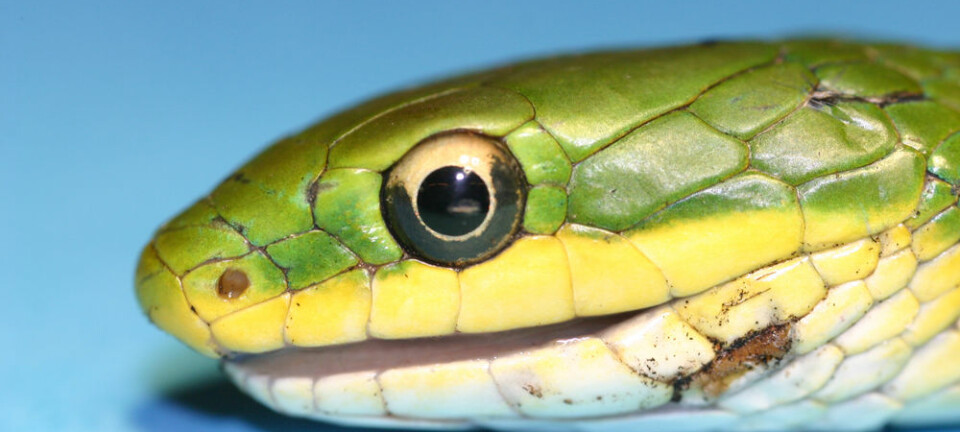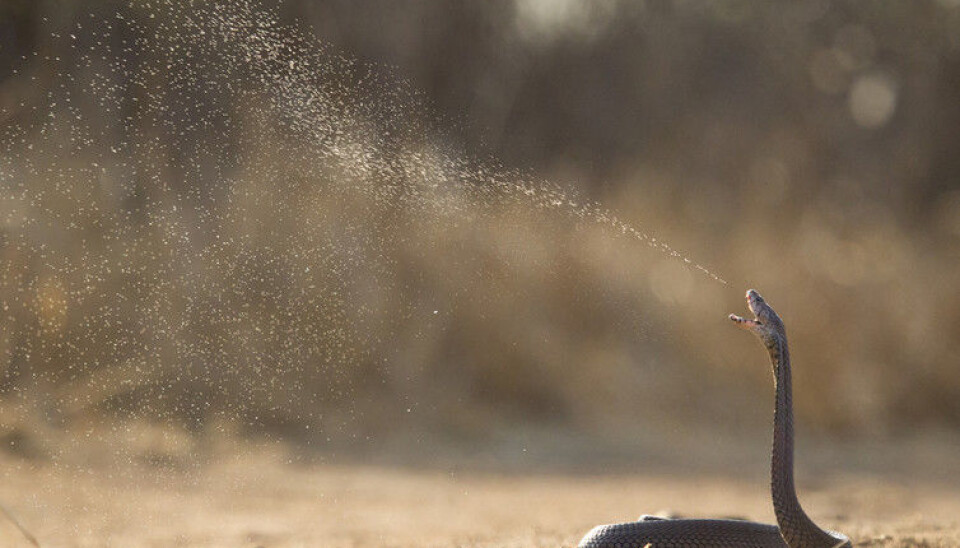
Snakebites still exact a high toll in Africa. A shortage of antivenoms is to blame
OPINION: The global snakebite community has declared an antivenom crisis to attract international attention to this neglected tropical disease.
A snakebite is one of the most excruciating experiences a person can go through. Depending on how venomous the snake is, it can cause morbidity, pain, and death. Snakebite envenoming can lead to paralysis of the nerves and muscles, local tissue damage and the death of cells in an organ, haemorrhaging, and it may interfere with the blood’s ability to coagulate.
Snakebites are a major public health issue in most tropical parts of the world, where more than 5 million bites occur each year. This leads to more than 150,000 deaths and about three times as many amputations. Poor people living in snake infested areas are the worst affected. But in sub-Saharan Africa, victims not only suffer from the snakebite, but also from a lack of effective treatment options. Only about 2% of victims receive antivenom.
Antivenoms that are made from serum from large mammals, immunised with snake venom are the mainstay of treating snakebites. But they are in short supply in sub-Saharan Africa, as they are costly to manufacture, and limited financial incentive holds the development of new antivenoms.
In an effort to overcome the shortage of antivenoms, the global snakebite community has declared an antivenom crisis. These efforts have brought international attention from both private foundations, researchers, and the World Health Organisation to this neglected tropical disease.
Africa’s venomous snakes
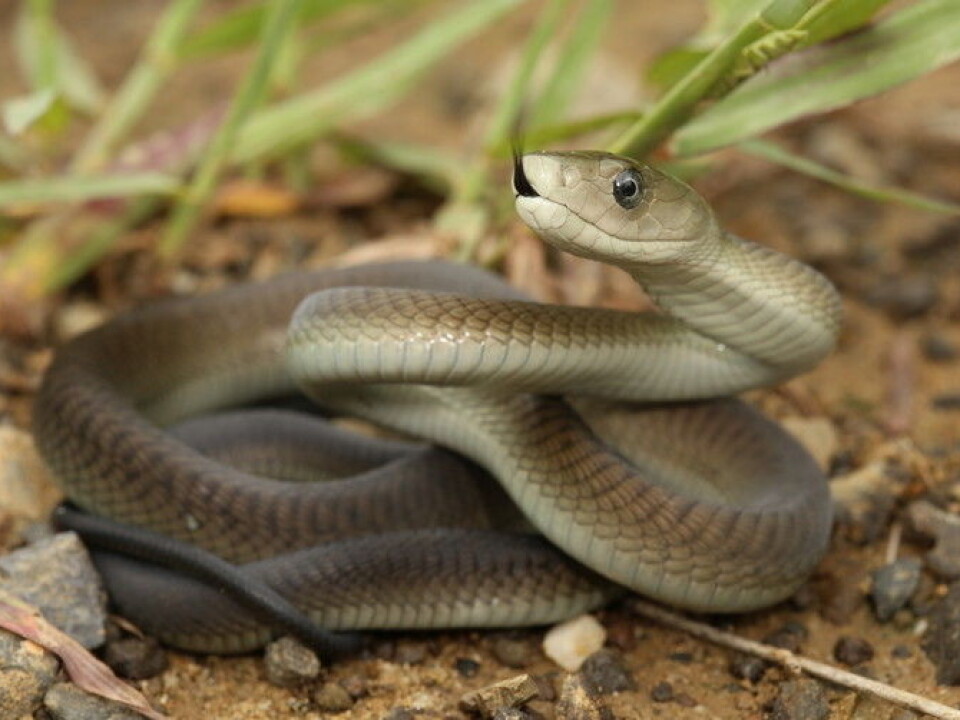
Two main snake families that cause the most dangerous snakebites in sub-Saharan Africa are – vipers and elapids. The viper family has a number of species, like the gaboon viper (Bitis gabonica), which holds the world record for the largest fangs. The carpet viper (Echis ocellatus) has the highest death toll of any snake. The elapid snake family includes neurotoxic cobras, spitting cobras, and mambas. It also holds the most notorious snake of them all, the black mamba (Dendroaspis polylepis).
The venoms of these two snake families are fundamentally different. The venom of elapid snakes cause toxicity to the entire body. The primary clinical symptoms include paralysis caused by neurotoxins that stops muscles receiving signals from the nerves.
In contrast, viper venoms hold a large arsenal of toxins that destroy tissue and interfere with the bloods ability to clot.
For their part, spitting cobra venoms produce both effects. This includes paralysis as well as cell destruction (or cytotoxicity), which can lead to significant tissue damage in eyes or bitten limbs.
Antivenom – the only effective therapy
The severe effects of bites by both vipers and elapids need to be treated with antivenom. But a scarcity of antivenoms in Africa has had a devastating impact on thousands of victims. Factors leading to this shortage include low profitability for manufacturers (due to high cost of production and low purchasing power of most victims and health care systems affected by snakebite), lack of advocacy, and simply that many researchers and politicians are not aware that snakebites are a pressing issue.
Unfortunately, this isn’t likely to change immediately.
One silver lining is that the World Health Organisation has recently reintroduced snakebite on the list of neglected tropical diseases. This may help create awareness as well as incentives to get antivenoms to the clinic.
There are two types of antivenoms available.
-
Those that can neutralise the venom of a single snake species and sometimes closely related ones too. These are known as monovalent antivenoms.
-
Antivenoms that neutralise a wider range of snake venoms, these are known as polyvalent antivenoms.
The benefit of using monovalent antivenoms is that they may have a higher efficacy against bites from the specific species they are raised against. For their part, polyvalent antivenoms are useful because they can be used against a range of different bites. This is particularly helpful when the perpetrating snake hasn’t been identified.
In Africa, only polyvalent antivenoms are on the market due to the existence of many different snake species, difficulties in distinguishing them from each other, and since administration of an incorrect antivenom in a given case is avoided by having only one alternative (for the given geographical region) to choose from. Typically these antivenoms are manufactured to be effective against the venom from several vipers, selected cobras, and one to three mamba species..
What to do, and not to do
Symptoms and clinical presentation in patients bitten by a snake can be affected by a number of factors. These include: the snake species, the precondition of the patient, the dose of venom injected, and the availability of treatment options. Symptoms can develop quicker in children.
What’s important is that people, in the first instance, try to identify the snake. Proper identification – like a photo – is highly valuable.
Efforts should be made to ensure that the bitten section is immobilised or kept below the heart to reduce the spread of the venom. The patient should be kept still until help arrives or until safe transport is arranged to a health care facility. Patients bitten by a venomous viper or elapid species should be admitted for at least 12 hours.
If someone’s eyes are exposed to venom they should be washed thoroughly. But no other specific home treatment should be initiated. It’s a really bad idea to cut, suck or wash the bite site.
The numbers of deaths from snakebites won’t be reduced unless more, and preferably less expensive, antivenom is made available. This will require a joint effort between researchers, policymakers, and funding bodies.
![]() Snakebites still claim the lives of many causing much morbidity to humans each year, but recent technological developments, rising awareness, and increasing political focus may hold the promise for a brighter future for snakebite victims.
Snakebites still claim the lives of many causing much morbidity to humans each year, but recent technological developments, rising awareness, and increasing political focus may hold the promise for a brighter future for snakebite victims.
This article was originally published on The Conversation. Read the original article.

Andreas Hougaard Laustsen receives funding from the Novo Nordisk Foundation and the Hørslev Foundation. Lotte Høgberg does not work for, consult, own shares in or receive funding from any company or organisation that would benefit from this article, and has disclosed no relevant affiliations beyond the academic appointment above.

